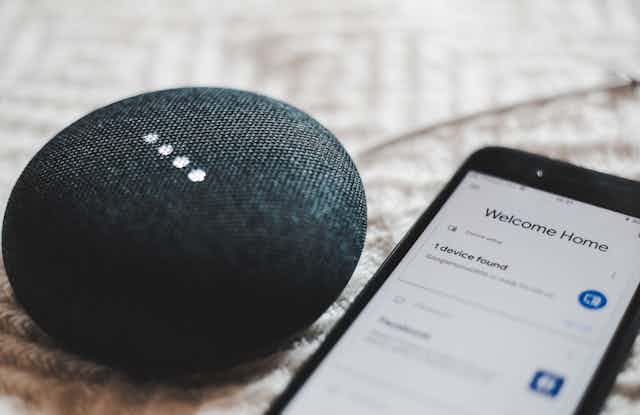It is hard to imagine how simple devices like light bulbs or thermostats could be turned into weapons, but this is exactly what is happening with the “smart” versions of these everyday objects. While it is now an everyday occurrence for hackers to exploit weaknesses in connected devices and turn them into launch pads for attacking other systems, a more sinister misuse of smart devices has now come to light.
The New York Times has reported cases of victims of domestic abuse being targeted by smart devices installed in their homes. In these situations, the abusers were using their access to smart speakers, thermostats, cameras, door locks and other devices to harass their victims at all times of the night or day.
“Convenience"… for abusers
Smart speakers like Apple’s HomePod can be remotely accessed by someone with the username and password and made to sound alarms at random times. Air conditioners and thermostats can be switched on randomly and set to make a house extremely hot or cold. Cameras can be controlled remotely to spy on the occupants of a house.
According to the Times, this phenomenon of harassment through smart devices is becoming more common. Victims had reported that the combination of the digital lock of her front door changing each day and another saying that her doorbell kept ringing with nobody being there. Although a knowledgeable user could regain control of the devices in their homes by resetting devices and changing passwords, many people haven’t the first idea about how to do this, nor even that it is being caused by an abusive (ex) partner in the first place.
The use of smart devices to harass someone is not the only way where technology has been used by people in a relationship to control or abuse their partners. Smartphone have been a more common way in which one partner has used illegitimate access to monitor and spy on the other. Spying apps that can be installed on a "target’s” phone to record location, call logs and other information are rife on the Google Play Store for android devices. The Times reported that more than 10,000 women in the United Kingdom are being spied on in this way.
It is important to remember that while spying apps on mobile phones are being used in cases of domestic violence, a large number of these apps are just being deployed by people simply out of a lack of trust. The apps are being marketed for the purpose of “catching cheating spouses”.
Even the relative sophistication of an app is not always necessary for abusers to track their victims. Services like “Find my iPhone” are being used when partners have access to the username and password of their victim’s Apple ID. Account details of a number of services can allow someone to access e-mail, messages, photos, social media, and other information of their victim.
Divorce lawyers are now advising clients thinking of divorce on how to systematically prepare their digital lives to protect themselves against potential retribution and spying.
Taking back control
Protecting one’s self from spying or harassment through smart devices is actually not that straightforward. The problem is that the abuser who is doing the spying or harassment often has or had easy access to devices and account details. In the cases of smart devices and technology generally, the man is often the one who sets up and controls the digital side of the relationship, but it would be wrong to think of spying and digital stalking as a singularly male activity.
The most important first step is regaining control of online accounts. This means changing passwords, or even creating new accounts in the case that these used to be shared. Adding two-factor authentication would certainly help a great deal as this makes it very much harder for anyone else to access the account. This is particularly important with all accounts linked to smart devices such as speakers, thermostats and smoke alarms.
Making sure that mobile phones, tablets and computers are free from spyware is a little harder, especially for non-technical users. The best way to do this is to pay for someone to do this but if that is not possible then resetting the device and reinstalling from scratch is the best option. Updating devices to the latest version of their software can help remove tampering and installed software, as can wiping the device and restoring from a backup. There is also anti-spyware software applications that may detect common examples of spyware and help in removing them.
In all situations, no matter what the relationship, separate accounts that each person is responsible for is a better way of maintaining individual privacy and independence. Being security and privacy conscious helps avoid problems later on, whether they come from unknown criminals or former partners.


